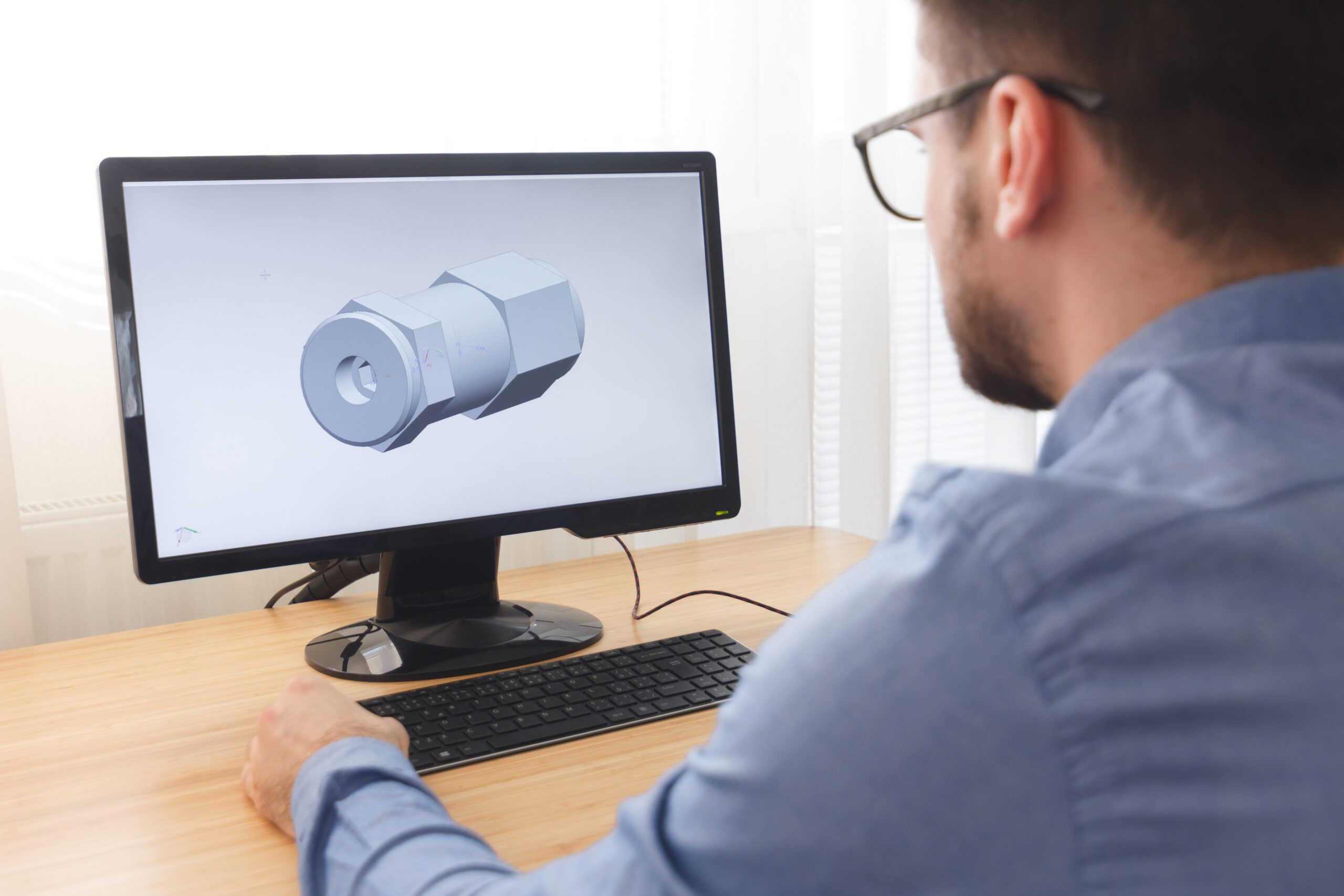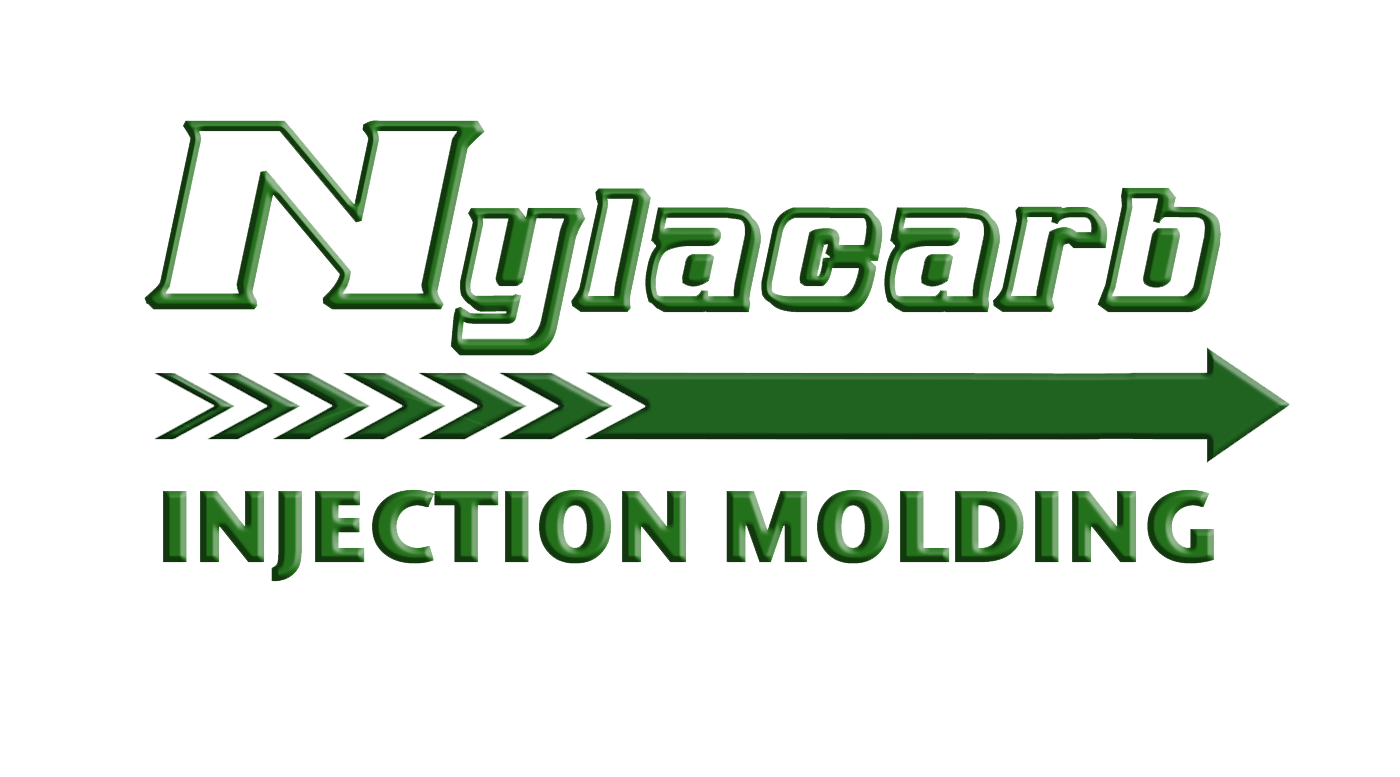5 Techniques to Improve Engineering of a Plastic Part
Injection molding is a widely used manufacturing process for producing plastic parts with high precision and accuracy. However, the quality and performance of the final product depend on several factors, such as part design, material selection, mold design, processing conditions, and quality control measures. To meet the increasingly demanding requirements of modern applications, it is essential to improve the engineering of a plastic part in thermoplastic injection molding. By optimizing the design, material, mold, process, and quality control, manufacturers can produce high-quality, cost-effective, and reliable plastic parts that meet the intended functional and aesthetic requirements. In this context, this article will discuss five techniques to improve the engineering of a plastic part in thermoplastic injection molding.
Design for Manufacturability (DFM):
DFM involves designing the part with the mold and manufacturing process in mind. This includes optimizing part geometry, wall thickness, gate location, and other factors that can affect part quality, manufacturability, and cost. All of these things can play a role to improve the engineering of a plastic part.
- Optimize part geometry to minimize the need for secondary operations or assembly
- Ensure uniform wall thickness to prevent warpage and sink marks
- Choose appropriate draft angles to facilitate ejection from the mold
- Place gates in areas where flow can be directed to minimize stress and voids
- Consider the use of ribs, gussets, and bosses to increase part stiffness and strength
Material Selection:
Selecting the appropriate thermoplastic material is critical to achieving the desired performance, functionality, and durability of the part. Factors to consider include material properties, such as strength, stiffness, impact resistance, and thermal stability, as well as processing characteristics, such as melt flow rate, shrinkage, and warpage.
- Evaluate the properties of different thermoplastic materials to identify the best fit for the intended application
- Choose materials with good melt flow characteristics to minimize cycle time and improve part quality
- Take into account environmental factors, such as temperature and humidity, that may affect material properties
- Consider the impact of additives, such as fillers or reinforcements, on material properties and processing behavior
Mold Design:
The design of the mold plays a crucial role in the quality and consistency of the molded part. Key considerations include gate location, venting, cooling, and ejection. A well-designed mold can minimize cycle time, reduce waste, and improve part quality.
- Optimize cooling channels to achieve uniform temperature distribution and minimize cycle time
- Consider the use of conformal cooling channels to improve cooling efficiency and reduce warpage
- Incorporate vents to allow trapped air and gases to escape during molding
- Choose an appropriate ejection system to prevent damage to the part and the mold
- Optimize gate design to minimize waste and reduce the risk of defects such as jetting, flash, and sink marks
For more information regarding how to improve the engineering of a plastic part; or any other plastic manufacturing questions contact us today!
Process Optimization:
The injection molding process involves multiple variables, including temperature, pressure, injection speed, and hold time. Optimizing these variables can improve part quality, reduce cycle time, and lower costs. This can be achieved through the use of advanced molding simulation software or by running experiments to determine the optimal process parameters.
- Use simulation software to predict part quality and optimize process parameters
- Conduct experiments to determine the optimal processing conditions for the specific material and part design
- Monitor and control key process variables, such as melt temperature, injection speed, and hold pressure, to ensure consistent part quality
- Optimize the injection molding machine settings, such as screw speed and back pressure, to achieve optimal performance
Quality Control:
Quality control measures are essential to ensure that the molded parts meet the desired specifications and standards. This can include regular inspection and testing of the parts, as well as monitoring and controlling the manufacturing process to minimize variations and defects. Additionally, implementing a robust traceability system can help identify and correct issues that arise during manufacturing.

Improving the engineering of a plastic part in thermoplastic injection molding is essential for achieving high-quality, cost-effective, and reliable parts that meet the intended functional and aesthetic requirements. By optimizing the part design, material selection, mold design, processing conditions, and quality control measures, manufacturers can achieve consistent and repeatable results while minimizing waste and reducing costs. The five techniques discussed in this article – Design for Manufacturability (DFM), Material Selection, Mold Design, Process Optimization, and Quality Control – provide a comprehensive framework for improving the engineering of plastic parts in injection molding. By implementing these techniques, manufacturers can stay competitive in the market, satisfy their customers’ needs, and drive innovation in the industry.
